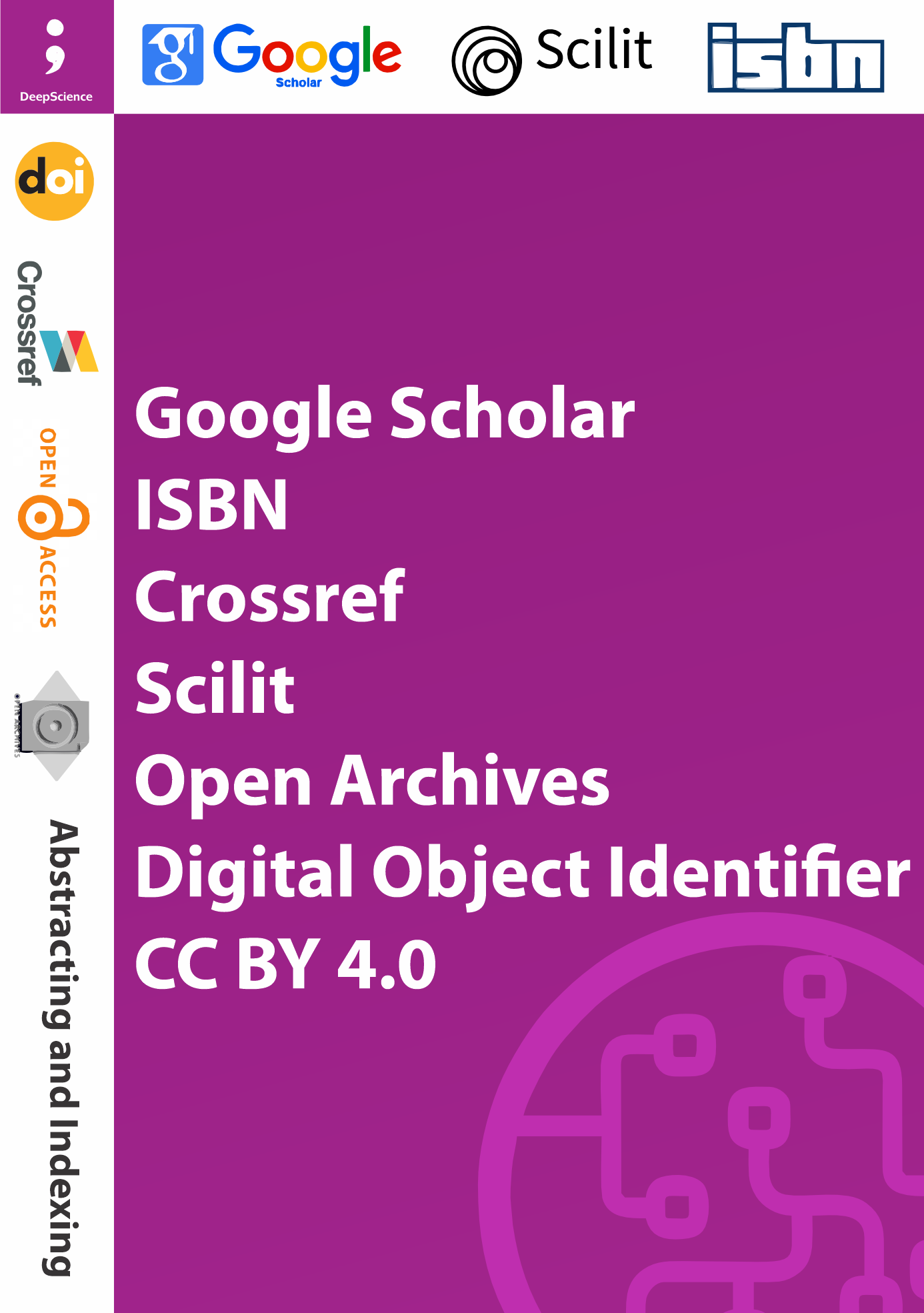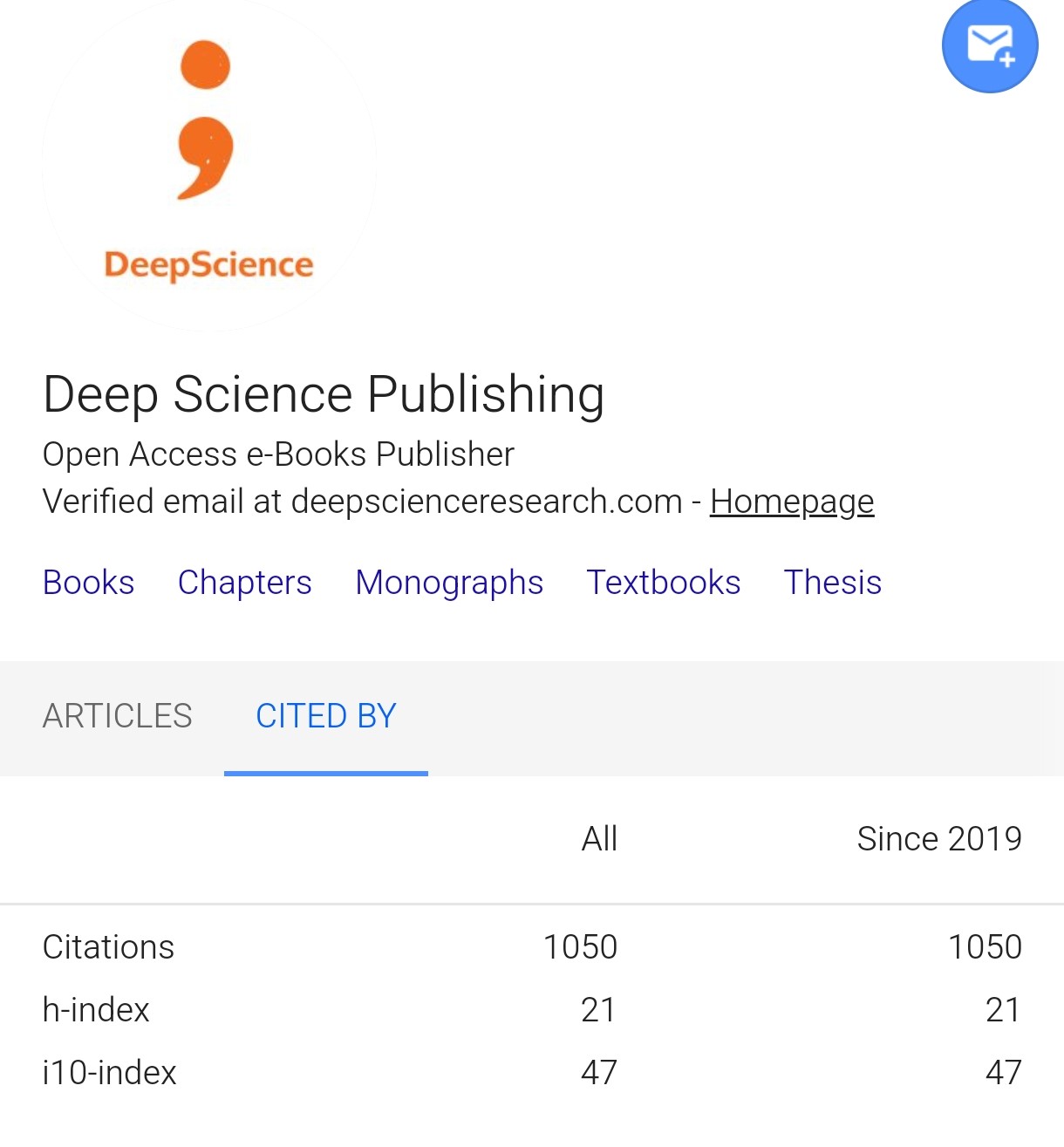Nano diagnostics for Early Detection of Breast Cancer: Liquid Biopsy, Biosensors and Imaging
Synopsis
Breast cancer remains a leading cause of illness and death among women worldwide especially in low and middle-income countries where early detection tools are often limited. Although traditional diagnostic methods like mammography, ultrasound, MRI and biopsies have played an essential role in identifying breast cancer, they come with challenges such as invasiveness, high cost, limited sensitivity and difficulty in monitoring disease progression in real time. Nanotechnology offers a transformative solution through nano diagnostics the use of nanoscale tools for early, accurate cancer detection. Techniques like nano enhanced liquid biopsies, biosensors and imaging agents can identify minute cancer markers in body fluids or tissues, allowing for less invasive and more personalized approaches. Nanomaterials such as gold nanoparticles, quantum dots, magnetic particles and graphene oxide enhance sensitivity and speed in diagnostics. These tools enable detection of DNA mutations, cancer proteins and improved imaging clarity with nano-contrast agents. Despite hurdles like regulatory challenges and production costs, ongoing research is advancing the clinical adoption of nano diagnostics. Future developments may include wearable nano sensors and AI-powered digital platforms for real-time monitoring. In summary, nanotechnology is reshaping breast cancer diagnosis enabling earlier, smarter and more accessible care with the potential to improve outcomes and save lives.













